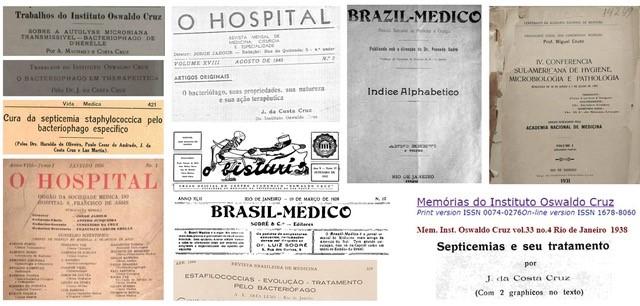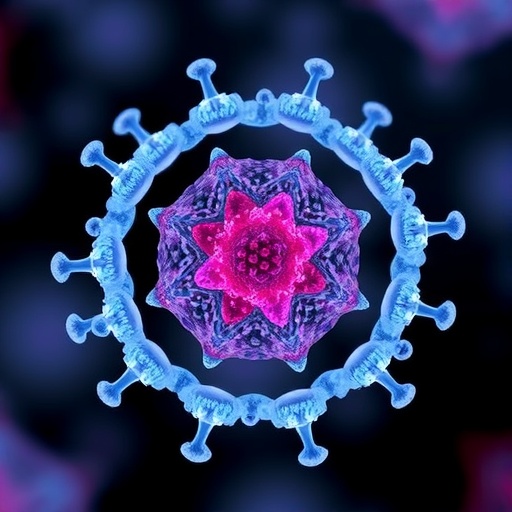Phage therapy was successfully used against dysentery and staphylococcal infections

Credit: Picture: The University of Jyväskylä/Gabriel Almeida
In the current situation when the fear of virus infections in the public is common, it is good to remember that some viruses can be extremely beneficial for mankind, even save lives. Such viruses, phages, infect bacteria. The research conducted at the University of Jyväskylä shed some light on the phage therapy history. It revealed that Brazil was a strong user and developer of phage therapy in 1920-40’s. The research was published in Lancet Infectious Diseases -publication on March 2020.
After decades of antibiotic use and misuse, natural selection is giving bacteria the upper hand. The World Health Organization (WHO) warned that we are reaching the post-antibiotic era. As more pathogens become resistant, our chances to find new antibiotics diminish. Therefore, alternatives are urgently needed.
Use of phages, viruses that kill bacteria, as therapeutics was developed in Paris around 1920. Since these viruses could be safely used to treat patients, phage therapy quickly spread, but then slowly disappeared from the western world decades later, as antibiotics became common. Now, the revival of phage therapy is considered one viable solution to the antimicrobial resistance crisis.
Researchers of the University of Jyvaskyla investigated a forgotten hotspot of phage therapy of the past. Historical medical records in Portuguese (1915-1952) revealed that Brazil was a strong user and developer of phage therapy. From pioneer mass testing of phage products to routine, details have been uncovered about the safe use of phages against dysentery and staphylococcal infections. This information was made available to the modern research community by a historical review publication.
The practical and clinical data revealed can be important to shape modern phage therapy, against acute dysenteric infections and against dangerous resistant pathogens such as MRSA.
“The literature researched was an interesting trip to the past. This work is in principle a historical review, but it also provides relevant information to modern researchers. It might be an incentive to similar investigations on other countries, besides being a spark of hope to the recent Brazilian research community”, says Postdoctoral Researcher Gabriel Almeida from the University of Jyväskylä.
###
Link to the article in Lancet Infectious Diseases: https://doi.org/10.1016/S1473-3099(20)30060-8
Link to the Gabriel Almeida’s science blogue in Nature Community -publication: https:/
For further information:
Gabriel MF Almeida [email protected] (in English)
Communications officer Tanja Heikkinen, [email protected], tel. 358 50 581 8351
The Faculty of Mathematics and Science:
https:/
Twitter: jyscience
Media Contact
Gabriel Almeida
[email protected]
Original Source
https:/
Related Journal Article
http://dx.




